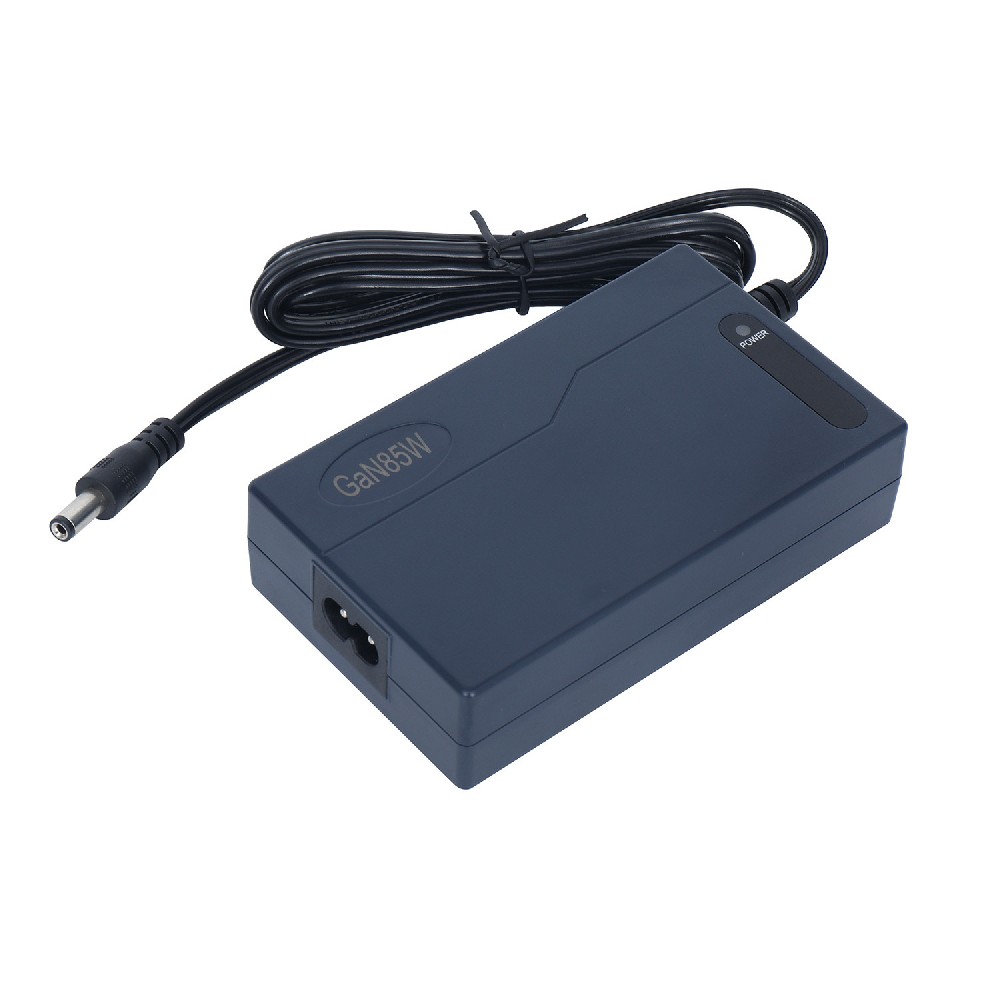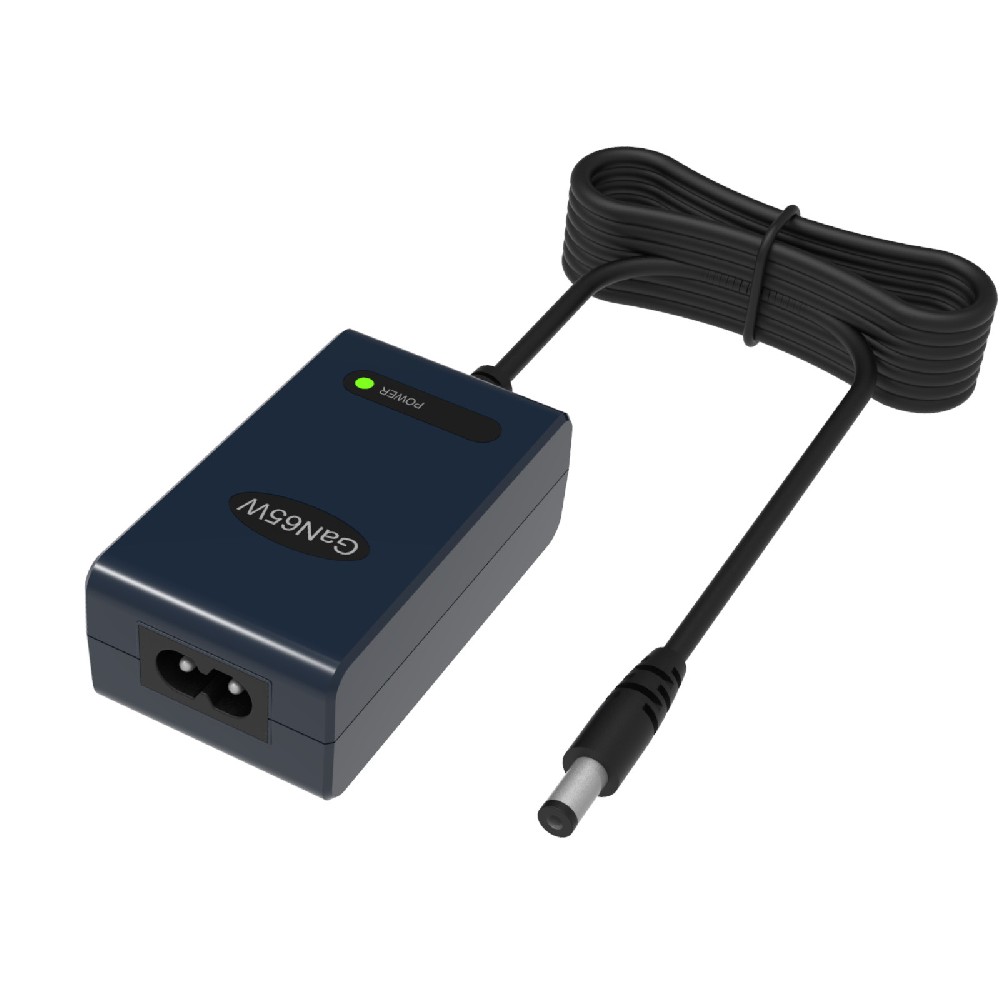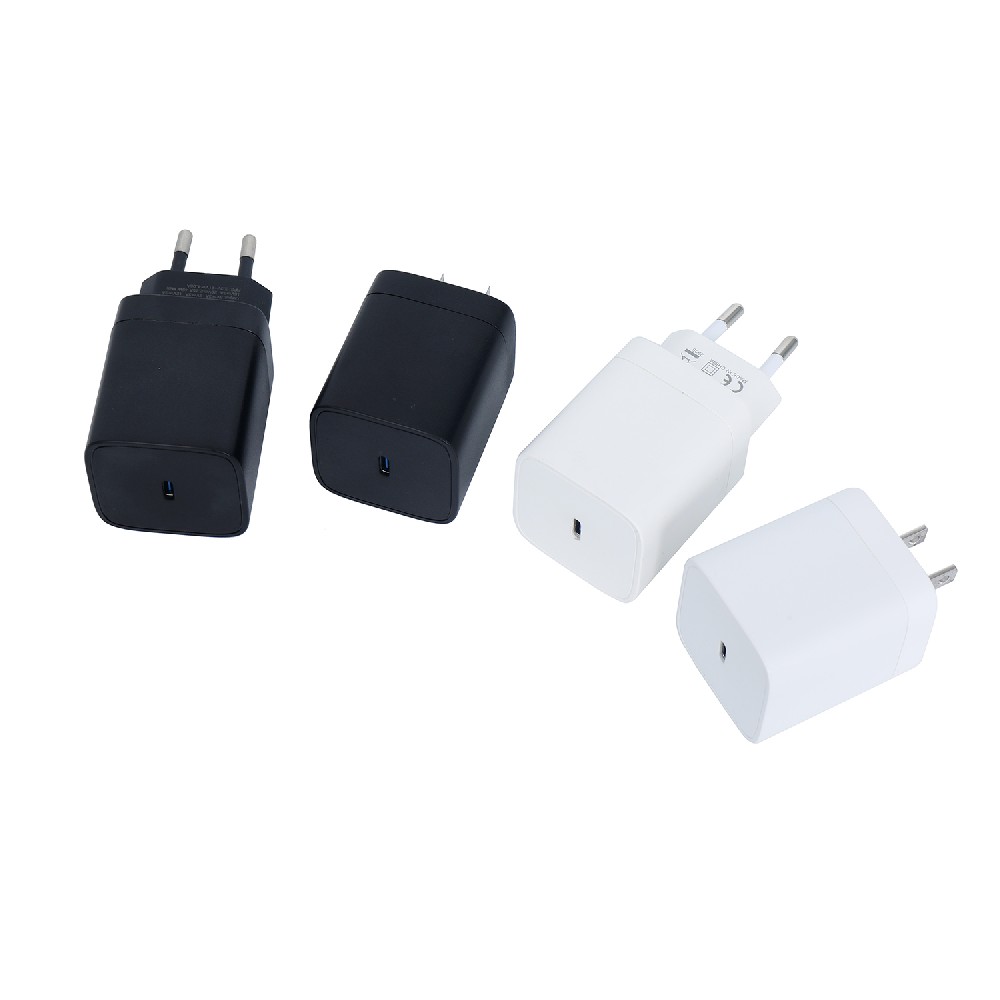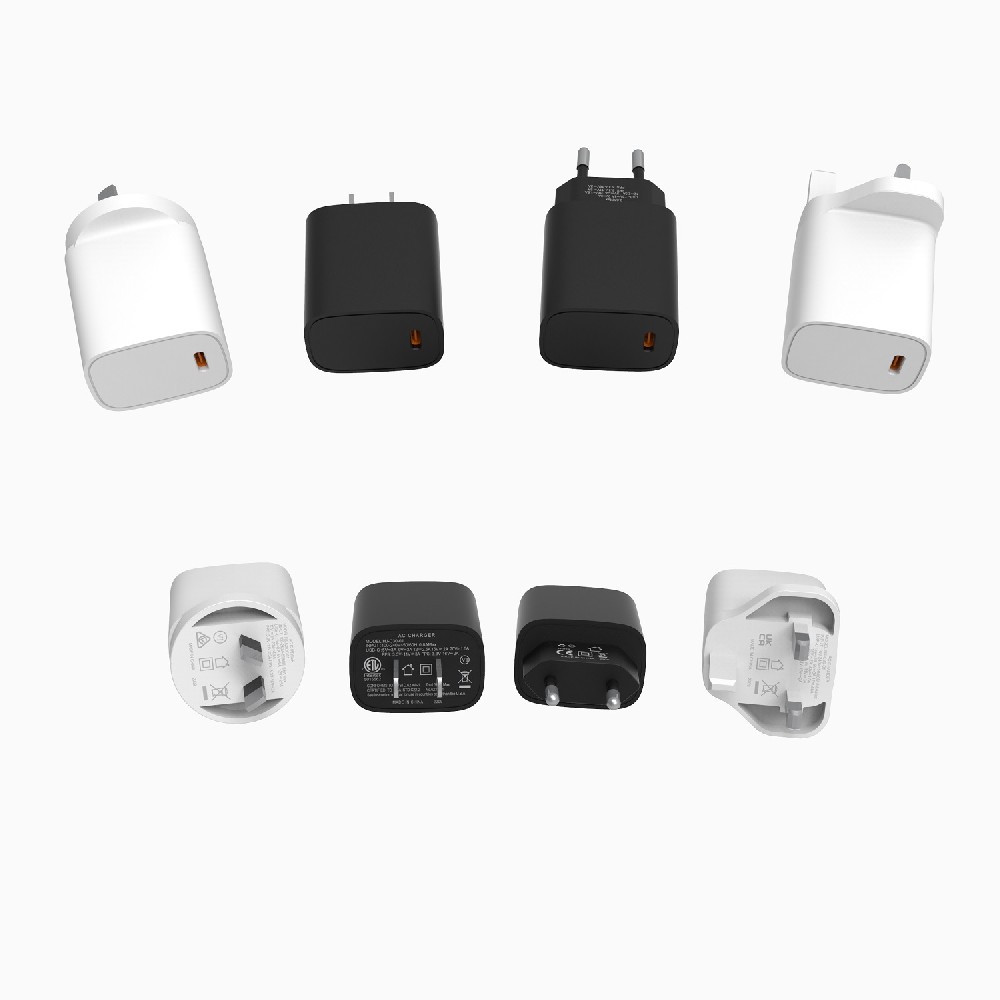Information Center
A Comprehensive Guide to Selecting Power Adapter Suppliers for All-in-One Desktop PCS
Published:2025-04-11 17:46:05 Author:admin Views:32As a manufacturer of all-in-one desktop PCs, the power adapter serves as the "invisible guardian" of stable device operation. It must not only precisely match hardware requirements but also withstand long-term usage. Choosing a high-quality supplier is akin to selecting a "power engine" for your product, requiring comprehensive consideration of technological R&D, production systems, and after-sales support. This article will dissect the key aspects of power adapter supply chain management from three dimensions: core selection criteria, supplier evaluation dimensions, and production support considerations.
I. Precision Selection: The "Four Pillars" of Adapter Criteria
Selecting an adapter is far more than simple power matching; it requires constructing a "four-dimensional matching model":
1. Power Must Be "Just Right"
Establish a "dynamic power profile": Record the device's power consumption curves under different usage scenarios. For example:
Standby mode: CPU in sleep state, power consumption ≈15W
Office scenarios: Low CPU load, power consumption 60-80W
High-load scenarios: Gaming/video editing, instantaneous power consumption up to 180W
Recommend selecting adapters with a peak power consumption +30% redundancy. For example, a 120W all-in-one PC should use a 150W adapter to avoid overload risks while preventing energy waste.
2. Interfaces Must Be "Perfectly Aligned"
Consider three-tier matching:
Physical interfaces: Confirm DC barrel plug dimensions (e.g., 5.5mm/2.5mm), pin lengths
Electrical protocols: For USB-C PD, confirm supported maximum power levels (e.g., 65W/90W/100W)
Cable specifications: 18AWG wire supports 10A current, 20AWG only 7A
3. Certifications Must Be "Globally Valid"
Select certification combinations based on target markets:
Basic safety certifications: China 3C, EU CE-LVD, North America UL62368
EMC certifications: EU CE-EMC, North America FCC Part15B
Environmental certifications: RoHS 2.0 (heavy metal restrictions), REACH (EU chemical regulations)
4. Efficiency Must Be "Green Energy-Saving"
Under rated load, adapter conversion efficiency should ≥87% (Energy Star compliant). For example, a 150W adapter should have ≤19W self-loss at full load (150W×(1-87%)=19.5W).
II. Supplier Evaluation: The "Five-Dimensional X-Ray" Method
High-quality suppliers should possess "R&D + Manufacturing + Service" trinity capabilities. Evaluations must penetrate surface parameters to assess core strengths:
1. R&D Capabilities: Assess Technical Reserves Through Laboratories
Hardware: CNAS-certified labs? Key equipment like EMI receivers, environmental chambers?
Software: DFMEA reports available? Mastery of GaN technologies?
Case Studies: Experience serving medical/industrial sectors? High-power-density design expertise?
2. Manufacturing Systems: Quality Control Through Workshop Insights
Automation: Fully automated SMT lines? Yield control for critical processes?
Quality Control: ISO9001/IATF16949 certified? SPC covering key parameters?
Traceability: Unique traceability codes? Rapid batch problem identification?
3. Supply Chain Resilience: Delivery Assurance Through Components
Core Components: In-house production of transformers/MOSFETs? Priority procurement rights?
Alternatives: Substitute solutions when capacitors are out of stock?
Inventory Strategies: VMI support? Flexible MOQs?
4. Service Responsiveness: Partnership Attitudes Through Crises
After-sales: 24/7 technical support? ≤72-hour repair TAT?
Upgrade Support: Rapid adapter adjustments for product iterations? Mold modification costs?
Certification Collaboration: Assistance with target country certifications? Cost-sharing ratios?
5. Cost Structure: Value Traps in Quotations
Price Breakdown: BOM cost analysis provided? Reasonable cost ratios?
Price Reduction Paths: Clear annual price reduction plans with volume increases?
Hidden Costs: Packaging, insurance included? Certification cost sharing?
III. Production Support: Six Quality Gates
Adapters require "six refinements" from design to delivery, with quality checkpoints at each stage:
1. Design Verification: "Stress Testing" Simulating Real Scenarios
Extreme Conditions: 48-hour continuous operation at 40°C, monitoring voltage fluctuations
Shock Testing: 1m drop tests, 2000-cycle plug-unplug reliability
Compatibility Testing: EMI testing with different brands/power strips
2. Incoming Material Control: "Full Inspection + Sampling" Dual Insurance
Critical Components: 100% inspection for transformers, capacitors, MOSFETs
Structural Parts: AQL=0.65 sampling for enclosures, DC cables
Environmental Testing: RoHS/REACH compliance for each batch
3. Process Control: "Digitized" Parameter Locking
SMT: SPI + AOI dual insurance
Potting: 3D vision monitoring glue volume for thermal performance
Aging Testing: 48-hour full-load aging at 60°C
4. Inspection System: "Four-Layer Protection Net"
Inline Testing: FCT covering 12 tests (no-load, full-load, short-circuit)
Lab Sampling: X-Ray solder joint inspection, salt spray testing
Shipment Audits: 3% random re-inspection per batch
Client Verification: ATE support for client sampling
5. Environmental Compliance: "Green Supply Chain" Building
Material Selection: Recyclable PC/ABS alloys, halogen-free flame retardants
Packaging Design: Degradable EPE foam, soy-based inks
Carbon Footprint: LCA reports provided
6. Delivery Assurance: "Flexible Supply Chain" Establishment
Dual Sourcing: Two suppliers for critical components
Safety Stock: 20% buffer inventory based on forecasts
Emergency Plans: Production transfer protocols for crises
IV. Strategic Collaboration: Four Dimensions of "Win-Win Ecosystem"
1. Technology Co-Creation: From "Buyer" to "Partner"
Joint R&D: Collaborative product roadmaps (e.g., USB4-compliant adapters)
Patent Sharing: Cross-licensing in thermal design, magnetic coupling
Cost Sharing: Mold development cost proportionate allocation
2. Supply Assurance: "Flexible Supply Chain" Building
Rolling Forecasts: Quarterly/monthly demand forecasts (±15% adjustments)
Dedicated Lines: Reserved production lines for strategic clients
JIT Delivery: Hourly production data monitoring for on-demand supply
3. Risk Mitigation: "Firewall" Mechanism Construction
Quality Deposits: 5% contract value retained as quality guarantee
Recall Insurance: Joint product liability insurance
Public Opinion Monitoring: Early warning systems for quality incidents
4. Ecosystem Co-Building: "Value Boundary" Expansion
Service Extension: Adapter health monitoring apps with remote diagnostics
Recycling Systems: Old adapter recycling networks complying with WEEE
Industry Standards: Participation in standard-setting for industry influence
V. Future Trends: Three Evolution Directions for Adapters
1. Form Factor Evolution: From "Black Bricks" to "Art Pieces"
GaN Adoption: 50% smaller, 93% efficient
Modular Design: Detachable DC cables for global plugs
Wireless Integration: Qi-standard charging for peripherals
2. Intelligence Evolution: From "Power Tool" to "Smart Terminal"
Status Awareness: Bluetooth/Wi-Fi data transmission (temperature, power output)
Failure Prediction: AI algorithms for capacitor aging prediction
Firmware Upgrades: OTA updates for charging algorithm optimization
3. Ecosystem Evolution: From "Standalone Accessory" to "Scenario Gateway"
Smart Home Integration: Coordination with IoT systems
Energy Management: Built-in electricity metering for time-of-use pricing
Carbon Credits: Energy-saving data for ecological rewards
Conclusion: Choosing a Supplier Means Selecting a "Technical Partner"
Power adapters may seem like secondary components, but they deliver the "final touch" of user experience. A frequently overheating adapter can undermine product quality perceptions, while an innovative design can enhance brand equity. When evaluating suppliers, consider not just current needs but future technological evolution.
Remember: True strategic collaboration isn't about price suppression but value co-creation. When your adapter supplier preempts industry trends and integrates your product roadmap into their innovation pipeline, this partnership becomes your market-conquering "hidden champion." Choosing a supplier means selecting a "technical partner" that evolves alongside you.
Power Adapter Design and Customization Guide for Portable Electric KettlesI. Common Design Types for Portable Electric Kettle Power AdaptersPortable electric ke···
I. Common Design Types of Power Adapters External Independent Type (Most Common) Design: A standalone adapter (e.g., "black brick") connected to the p···
Handheld Vacuum Cleaner Power Adapter Selection GuideIntroductionHandheld vacuum cleaners have become a mainstream tool for household cleaning due to their port···
Drill Power Adapter Selection Guide.drill-container { font-family: Arial, sans-serif; line-height: 1.6; max-width: 800px; margin: 0 auto; padding: 20px; } .dril···





